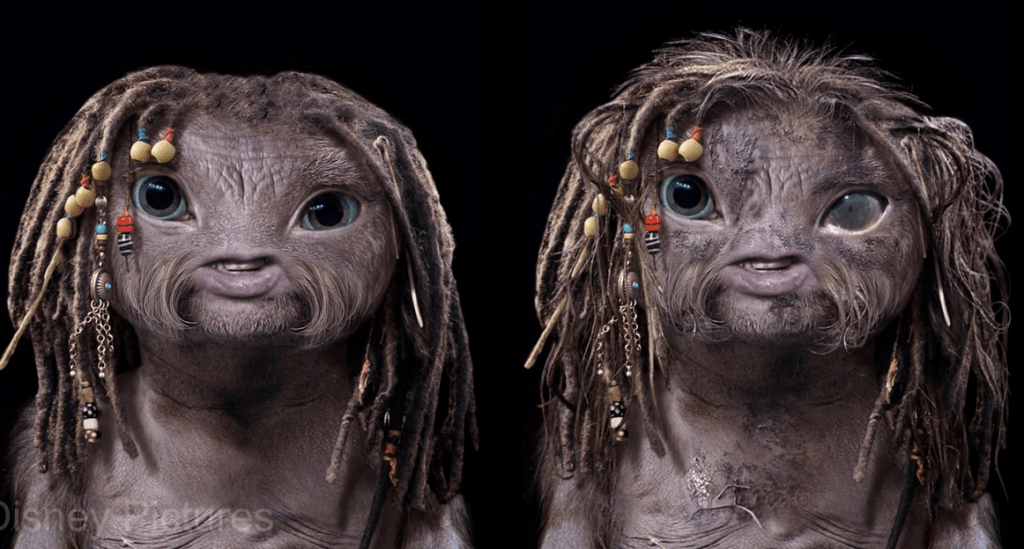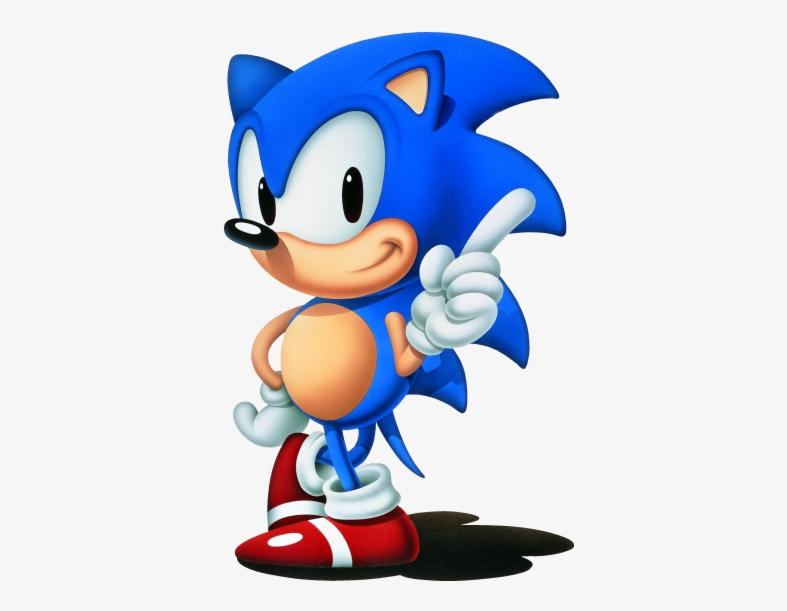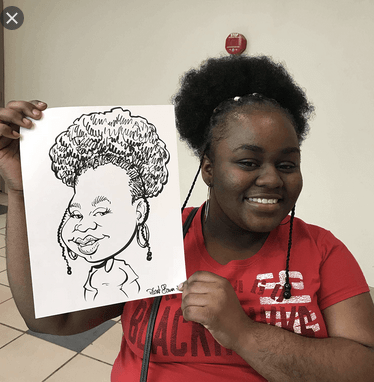Good character design is the art of creating unique characters that feel real and relatable to the audience. Let’s take a look at the following examples:


On the right we have beloved cartoon Disney character, Donald Duck. With his big round shapes, big eyes and happy smile, Donald is a great example of a character that feels fun, joyful and is relatable. On the left side we have probably the worse case of bad character design in recent history. Here we have the old design for the Sonic movie. At a first glance we can see several issues with the character, the biggest issue of course is how freaky it looks. This is due in part to the concept of the “Uncanny Valley”.
The Uncanny Valley
The uncanny valley is a concept first introduced in the 1970s by Masahiro Mori, then a professor at the Tokyo Institute of Technology. Mori coined the term “uncanny valley” to describe his observation that as robots appear more humanlike, they become more appealing—but only up to a certain point.
spectrum.ieee.org
Once that point has been reached, the character starts feeling wonky and creepy. This is because the character stops trying to look human, and instead starts to look like a freaky approximation of what a human would be, somewhat of parody of what a human is. This phenomenon affects a lot of characters in the industry, not just Sonic.
Another example is this:



At some point in the 2000’s + we decided collectively that animation for some reason was better, the closer it got to reality. However, we knew very little of what such practices could brings and this abomination of a movie was born.
In 2011, “Mars Needs Moms” is released to mix reviews, some people enjoy it, but most do not and in part it stems from the weird feeling we get when we look at these grotesque characters. They are trying so hard to imitate life that they completely horseshoe the situation and land in a place that is so far from reality we could argue it’s straight from a nightmare.
So we’ve explored some aspects that could make our character look bad, but then how can we make our characters look and feel remarkable?
Shapes
In the world of character design, shapes are everything! Shapes can tell you if a character is a hero, a villain or a complete dummy just from the major shapes in their design.
Use shapes with intent, it is not just about drawing a human body and expecting it to convey all the personality of your character, no. It’s about picking the right shape, to tell the right story for your character.
Shapes like circles, and squares are usually reserved for dependable, good, kind-hearted characters. Whereas triangles and pointing shapes, suchs as stars are more reserved for villainous characters. Think of Jafar for example. How many angles can you count on this bad boy? Do you see the overall triangle shape to his design?

Bending the Truth
When designing “realistic” characters it is important to take life with a grain of salt. Sure you can add some eyelashes to your character or add a nasty zit, just because you see it in reality, however is is much better to bend the truth of the character towards design choices that help build the character story instead of adding little details just for the sake of it.
This is best observe in the medium of caricature.
A caricature artist has the very difficult job of looking at life and interpreting it in a fun, yet recognizable manner. You can spot a bad caricature artist, when you see designs that use details that add nothing to the story. Take for example the last caricature in the examples, here we can see how the caricaturist decided not to draw every single shape of the hat, because why? They add nothing to the story, well at least nothing that can’t be conveyed simply by drawing a hat on the character. When you add anything to any design it should come with a purpose.
Designing with Purpose
In order to design with purpose you need to know enough about your subject that you can properly judge what is important and what is not. All this information will come from the story, and everything has a story.
From animation to landscape painting, the story is the idea, concept, emotion or feeling an artist is trying to convey to their viewer. Sonic has spikes on his head because he is a hedgehog, he has running shoes because he runs, and has big round eyes that make him cute instead of intimidating. This is good character design, this is designing with purpose.

Here are a couple of questions you can ask yourself the next time you sit down to draw a character.
1- What is their name?
2- What is the overall shape that best fits this character’s personality? Villainous Triangle, a reliable square or perhaps a kind and loyal circle?
3- Are their any details that could be erased to better fit the personality of the character?
4- Are their any details that could help better convey the character? (A shirt design, a messed up button, or perhaps some dirt on their jacket that shows they life in a poor conditions)
It is important to design with the character in mind, when you do not ask yourself questions that are relevant and specific to your characters you end up creating generic designs that lack soul.
That’s it for this blogpost, I hope it helps you to create better characters as well as be more conscious of the direction in which you take your characters and how the level of realism and detail can be a double edge sword meant to be handled with care and knowledge.
Till next time.
If you’re looking for some more questions you could ask about your character, try out this list of questions for character design we posted previously.
Questions to ask about your characters









1 Comment